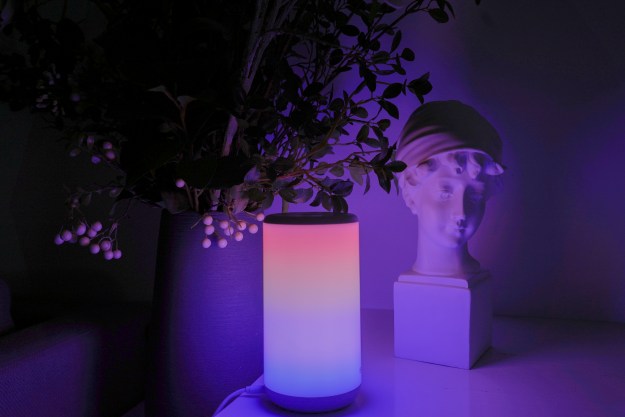
But not to worry; Dualit has developed a solution to the problem. Rather than forcing you to fiddle with a set of imprecise controls, the company’s latest set of toasters rely on a set of sensors and special toasting algorithms to mitigate human error and make you a perfect slice every time. With the help of this tech, the toasters not only take into account their own internal temperature, but also the temperature and conditions of the room they’re in, how many slices they’ve toasted, and how long they’ve had to cool down between uses. In theory, this should allow the toasters to make you consistently perfect toast no matter how heavily they’re being used.

The technology can be found in two of the company’s new toasters; the new Dualit Stoneware Lite Four-Slice Toaster ($145) and the company’s Brushed Architect Four-Slice Toaster ($172). That’s definitely quite a bit more than most people are likely willing to pay for a bread browner, but if you’re serious bout your toast, or perhaps own a toast-focused restaurant of some sort, it might be a worthy investment.
[Images via Shutterstock, Pocket Lint]
Editors' Recommendations
- Are smart kitchen gadgets worth it?
- Best Buy’s Memorial Day appliance sale is NOW LIVE!
- How to use technology to make spring cleaning easier
- Tech, tricks, and techniques to help you cook a perfect holiday meal
- How to make video calls using Amazon Echo smart displays




